Many risk factors make a person more likely to develop bladder cancer. ESMO Clinical Practice Guidelines for diagnosis treatment and follow-up.

Bladder Cancer Diagnosis And Treatment American Family Physician
Importance of taking a comprehensive patient history and recommend cystoscopy for all patients with symptoms suggestive of bladder cancer.

Bladder cancer risk guidelines. People who smoke are at least 3 times as likely to get bladder cancer as people who dont. 142 Summary of changes Key changes for this 2015 print. 3 5 Although diabetes mellitus appears to be associated with an elevated risk of developing bladder cancer.
BL-7 Additional Workup Moleculargenomic testing footnote w is new. The information presented is limited to urothelial carcinoma unless specified otherwise. The information presented is limited to urothelial carcinoma unless specified otherwise.
Side effects are related to the intensity of the treatment regimen. Bladder cancer is usually identified on the basis of visible blood in the urine or blood found on urine testing but emergency admission is a common way for bladder cancer to present and is often. Severe bladder irritation is a reason to delay or stop the treatment to avoid invalidating symptoms for the patient and later bladder contraction.
This is a risk classification table for non-muscle-invasive bladder cancer. The first EAU Guidelines on Bladder Cancer were published in 2000. This 2015 MIBC guidelines document presents a limited update of the 2014 full text document.
The European Association of Urology EAU guidelines estimate a 40 reduction in the risk of developing bladder cancer within 1-4 years of quitting smoking increasing to a 60 reduction. Including FGFR RGQ RT-PCR for FGFR3 or FGFR2 genetic alterations. Smoking causes about half of all bladder cancers in both men and women.
EUpdate Bladder cancer treatment recommendations. Both guidelines also suggest that the evidence for using urinary biomarkers in this set-ting is inadequate and they should not be substituted for cystoscopy to investigate suspected bladder cancer or for follow-up after treatment. Updates in Version 32019 of the NCCN Guidelines for Bladder Cancer from Version 22019 include.
Diagnosis and use of urine markers is discussed in addition to variant histologies resection intravesical therapy BCG therapy cystectomy enhanced cystoscopy and patient follow up. Main risk factor for bladder cancer is increasing age but smoking and exposure to some industrial chemicals also increase risk. The aim is to provide practical guidance on the clinical management of NMIBC with.
This overview represents the updated European Association of Urology EAU Guidelines for Non-muscle-invasive Bladder Cancer NMIBC TaT1 and carcinoma in situ CIS. The aim is to provide practical recommendations on the clinical management of NMIBC with a focus on clinical presentation and. This guideline covers diagnosing and managing bladder cancer in people 18 and above referred from primary care with suspected bladder cancer and those with newly diagnosed or recurrent bladder urothelial carcinoma adenocarcinoma squamous-cell carcinoma or.
Commissioners and providers are reminded that it is their responsibility to implement the guidance in. Risk factors you can change Smoking. Risk factors for developing bladder cancer include male sex white race smoking personal or family history of bladder cancer pelvic radiation environmentaloccupational exposures exposure to certain drugs chronic infection or irritation of the urinary tract and certain medical conditions including obesity and diabetes.
5731 Follow-up of high-risk non-muscle-invasive bladder cancer 12 5732 Follow-up of lowintermediate-risk non-muscle-invasive bladder cancer 12 58 Cystoscopy 12 59 Summary of evidence and guidelines for the primary assessment of non-muscle-invasive bladder cancer 13 510 Transurethral resection of TaT1 bladder tumours 13 5101 Strategy of the procedure 13 5102. The EAU Guidelines Panel for Muscle-invasive and Metastatic Bladder Cancer MIBC have prepared these guidelines to help urologists assess the evidence-based management of MIBC and to incorporate guideline recommendations into their clinical practice. Recurrent NMIBC 310 Consider fulguration without biopsy for people with recurrent NMIBC where.
Regular cystoscopy may be associated with anxiety procedural discomfort to the person and significant costs to the NHS. 2015 It is not NICE guidance. Tumours with a higher risk of recurrence should be treated with a 48-week-course of bladder instillation.
No previous intermediate- or high-risk bladder cancer disease-free interval of 6 months solitary papillary recurrence tumour diameter 3 mm. Cystoscopy is currently the standard of care for followup of people with highrisk nonmuscleinvasive bladder cancer. Guidelines Treatment by Cancer Type Detection Prevention and Risk Reduction Supportive Care Specific Populations Guidelines for Patients Guidelines With Evidence Blocks Framework for Resource Stratification Harmonized Guidelines International Adaptations and Translations Guidelines Process Guidelines Panels and Disclosure Submissions Licensing and Permissions Recently Updated Guidelines.
It accompanies bladder cancer NICE guideline NG2. This overview represents the updated European Association of Urology EAU guidelines for Non-muscle-invasive Bladder Cancer NMIBC Ta T1 and CIS. Diagnosis and Treatment of Non-Muscle Invasive Bladder Cancer.
The literature for the complete document has been assessed and updated whenever relevant. Smoking is the most important risk factor for bladder cancer. Bellmunt Orsola JA Leow JJ Wiegel T et al.
AUASUO Guideline provides a risk-stratified clinical framework for the management of non-muscle invasive bladder cancer. EUpdate Bladder Cancer Treatment Recommendations. This eUpdate refers to the Bladder cancer.
Patient or if the bladder cancer that recurs is intermediate- or low-risk. Promoting equality Implementation of the guidance is the responsibility of local commissioners andor providers.

Pin On Patient Information Pages

Bladder Cancer Diagnosis And Treatment American Family Physician

Pin On Patient Information Pages
Https Bcan Org Assets Nutrition And Bladder Cancer Hamilton Reeves Part Ll Transcript 2 Pdf
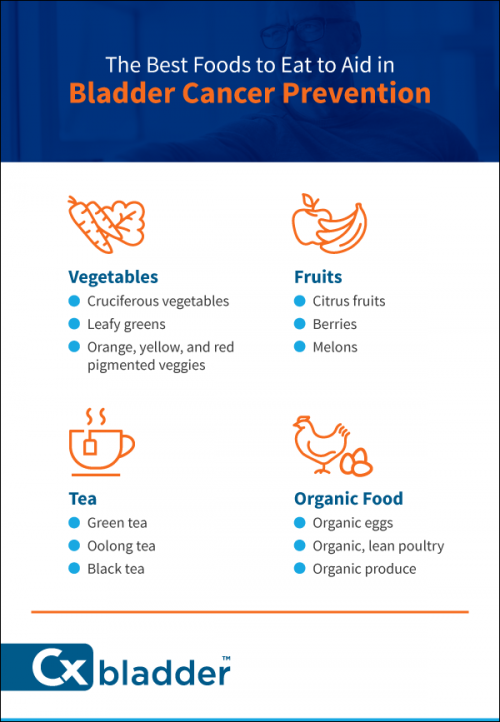
The Best Diet Nutrition For Bladder Cancer Cxbladder
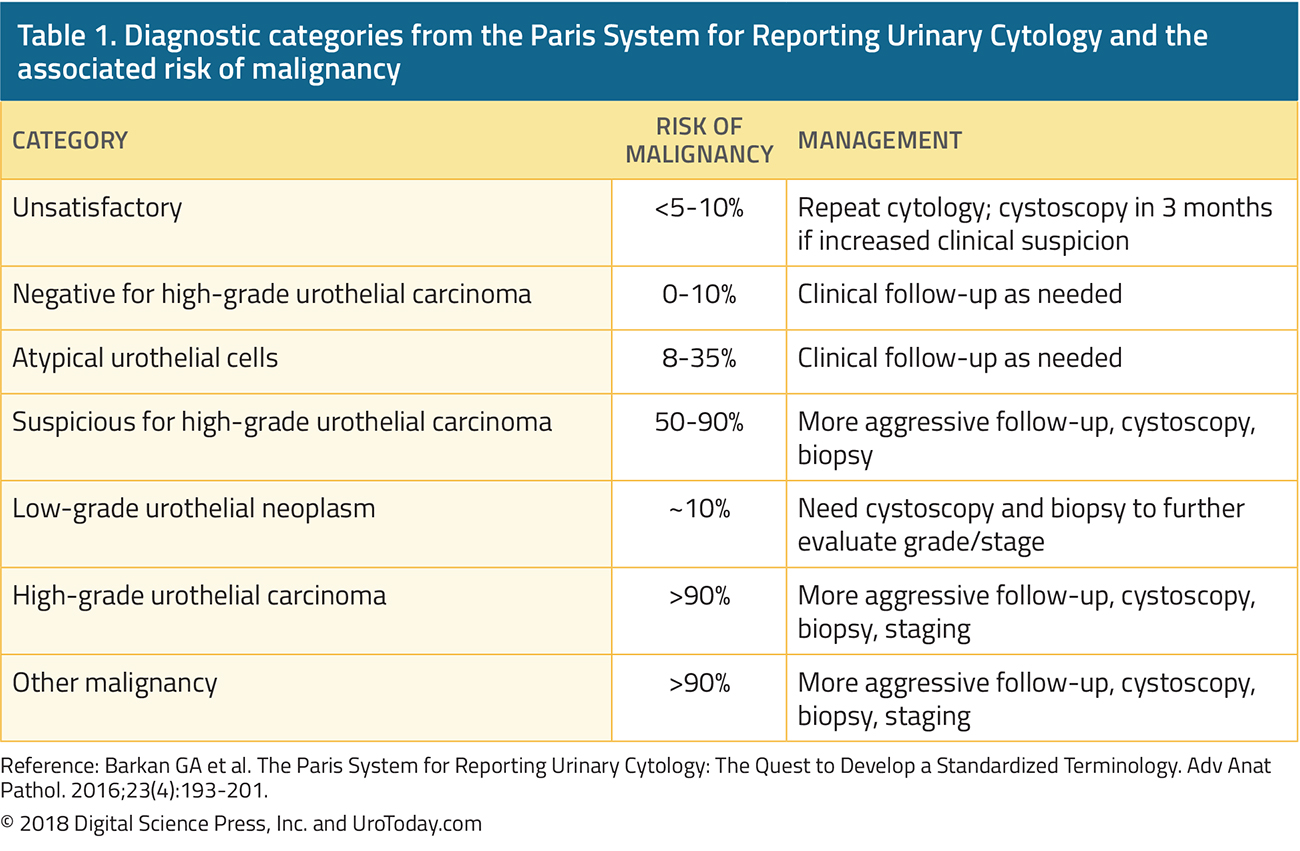
Diagnosis And Pathology Of Bladder Cancer

Urinary Tract Infections Urinary Tract Urinary Tract Infection Infections

Bladder Cancer Diagnosis And Treatment American Family Physician

Bladder Cancer Diagnosis And Treatment American Family Physician

Breast Cancer World Cancer Research Fund International
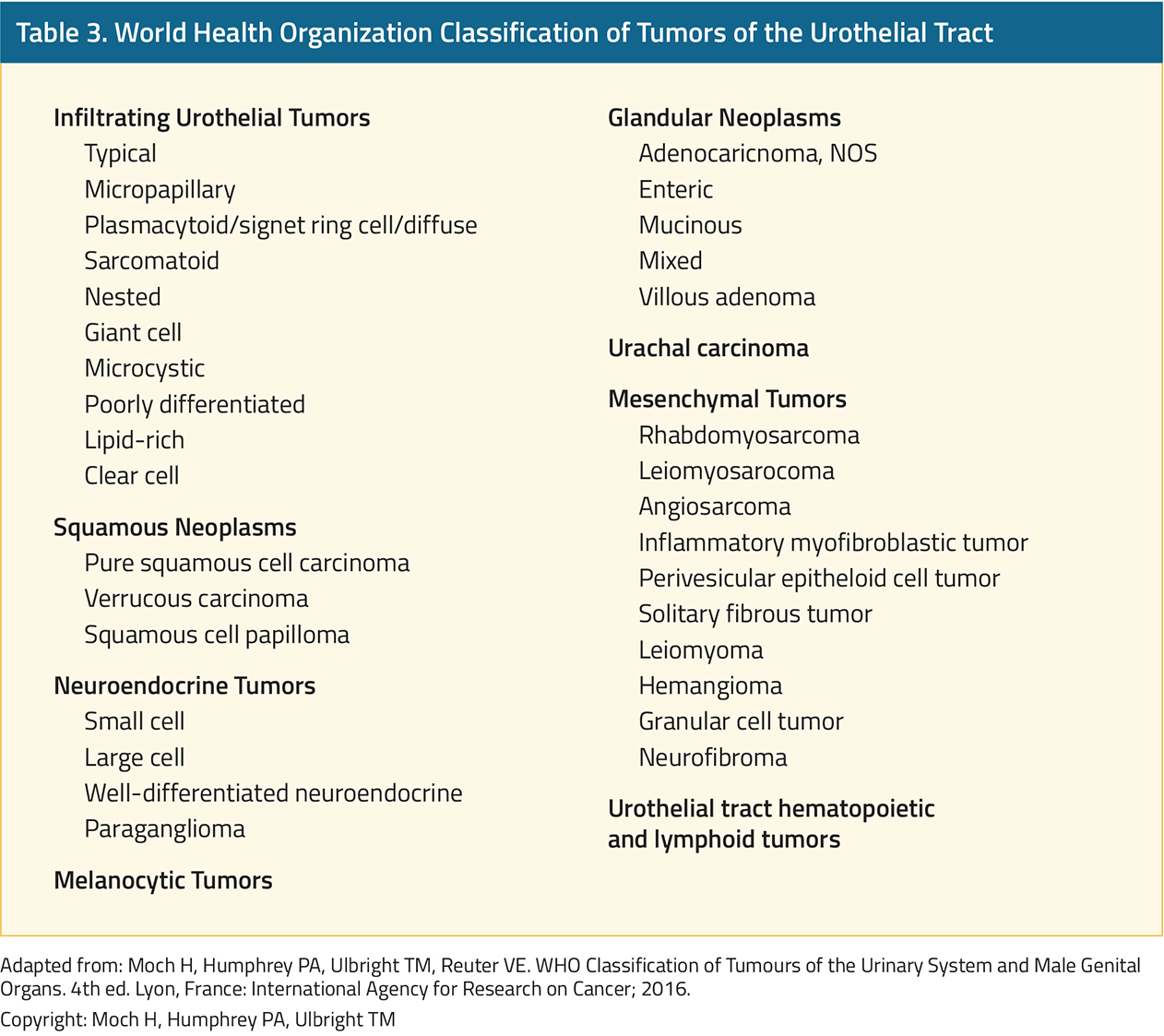
Diagnosis And Pathology Of Bladder Cancer
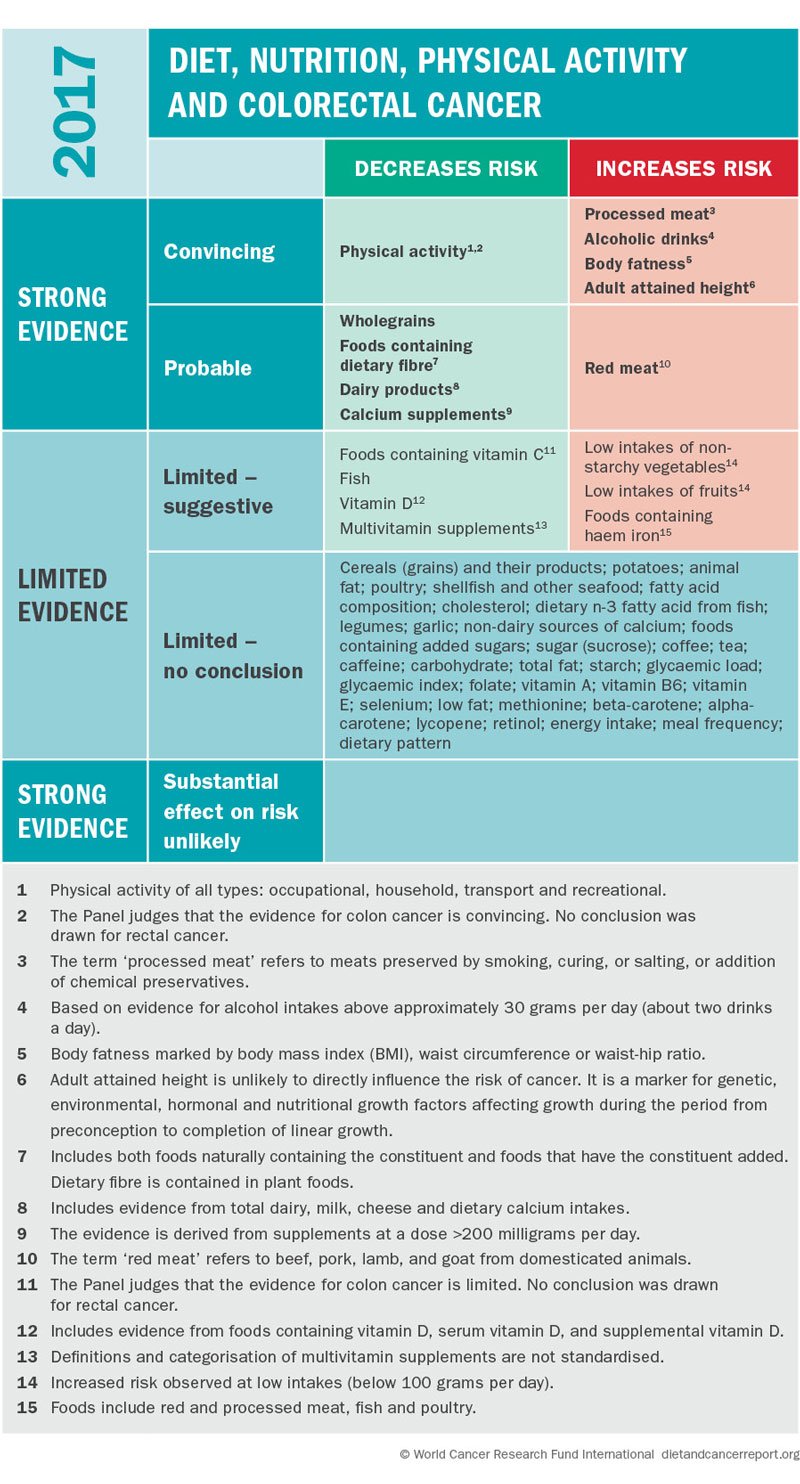
Colorectal Cancer Wcrf International
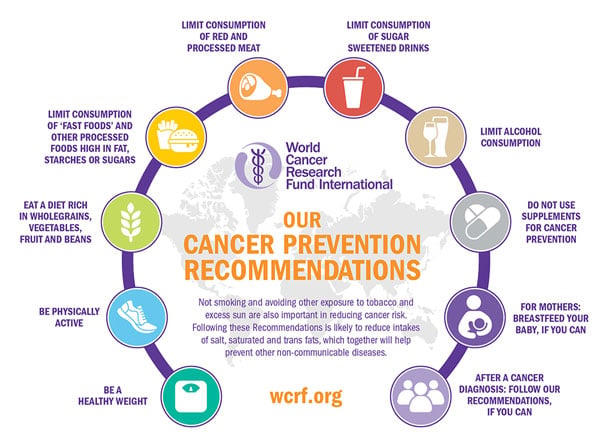
Limit Fast Foods And Junk Foods Wcrf International

Pembrolizumab Monotherapy For The Treatment Of High Risk Non Muscle Invasive Bladder Cancer Unresponsive To Bcg Keynote 057 An Open Label Single Arm Multicentre Phase 2 Study The Lancet Oncology

Diagnosis And Treatment Of Bladder Cancer American Family Physician

Urinary Tract Infections And Risk Of Squamous Cell Carcinoma Bladder Cancer A Danish Nationwide Case Control Study Pottegard 2020 International Journal Of Cancer Wiley Online Library

Bladder Cancer Diagnosis And Treatment American Family Physician



